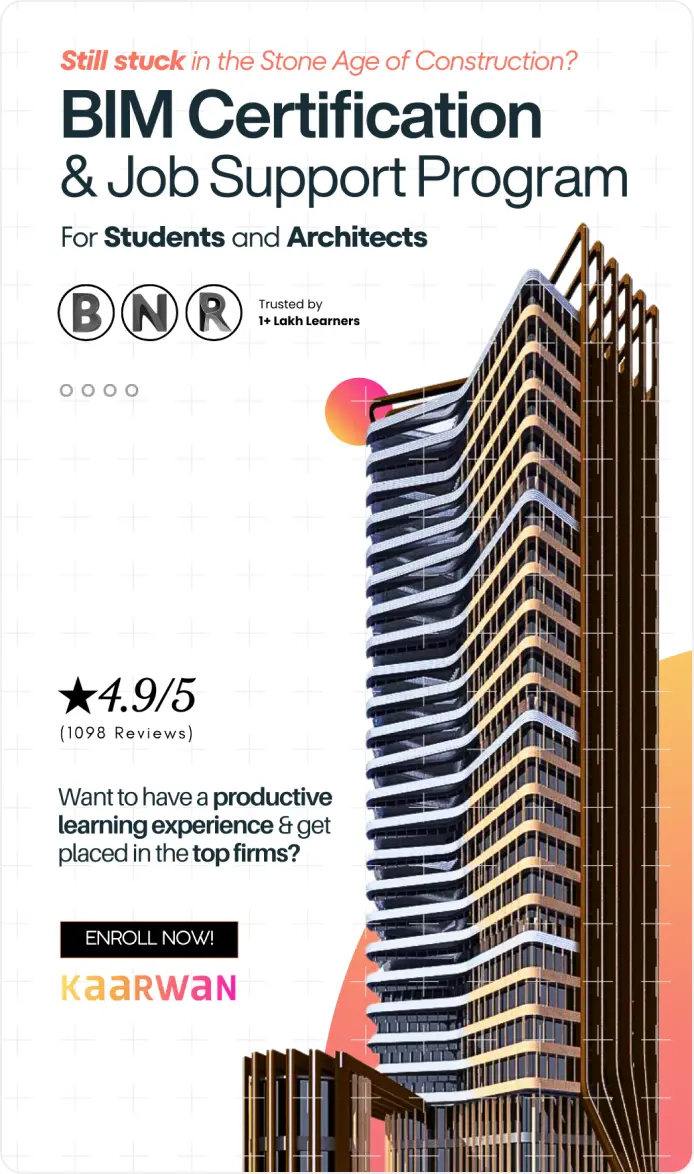Vastu Shastra, the ancient Indian science of architecture and design, continues to influence modern housing designs. By integrating Vastu principles with contemporary urban housing, architects and homeowners aim to create harmonious living spaces that promote well-being and prosperity. This article explores how Vastu Shastra can be incorporated into urban housing design, emphasizing key concepts and practical applications.
Understanding Vastu Shastra
The Essence of Vastu Shastra
Vastu Shastra, meaning "science of architecture," is an ancient Indian doctrine that guides the design and layout of buildings. It focuses on aligning structures with natural forces to ensure harmony and positive energy flow. The principles of Vastu Shastra are rooted in ancient texts and are applied to various aspects of design, including the orientation, placement of rooms, and the use of materials.
Importance of Vastu in Modern Housing
Incorporating Vastu principles into modern housing design helps in creating spaces that are not only aesthetically pleasing but also spiritually uplifting. Vastu compliant homes are believed to foster health, wealth, and happiness, making them highly desirable in today's urban landscape.
Key Principles of Vastu Architecture
Orientation and Layout - The orientation of a building is crucial in Vastu Shastra. Ideally, homes should face east or north to harness positive energy from the rising sun. The layout should be designed to allow free flow of air and natural light, enhancing the overall energy within the space.
Placement of Rooms - The placement of rooms according to Vastu Shastra plays a significant role in maintaining balance and harmony. For example, the master bedroom is best located in the southwest corner, while the kitchen should be in the southeast. Each room's position is chosen to maximize its functionality and positive energy.
Balancing the Elements - Vastu Shastra emphasizes the balance of the five elements: earth, water, fire, air, and space. Integrating these elements into the design helps create a harmonious environment. For instance, placing water features in the northeast and ensuring ample ventilation for air flow are common practices.
Vastu compliant Vadodara home_©architecturaldigest.in
Incorporating Vastu Design in Urban Housing
Modern Adaptations of Traditional Vastu - Urban housing often comes with constraints such as limited space and fixed orientations. However, Vastu principles can still be adapted to fit these conditions. For example, using mirrors to reflect light and create a sense of space can help in aligning with Vastu guidelines in compact apartments.
Using Vastu Compliant Materials - Choosing materials that align with Vastu Shastra can enhance the positive energy in a home. Natural materials like wood, stone, and clay are preferred. These materials not only comply with Vastu principles but also contribute to sustainable and eco-friendly building practices.
Vastu for Home Interiors
Furniture Placement - The placement of furniture is essential in Vastu design. Heavy furniture like beds and sofas should be placed in the south or west, while lighter furniture can be positioned in the north or east. This arrangement helps in maintaining the balance and flow of energy within the house.
Decorative Elements - Using Vastu compliant decorative elements can further enhance the energy of a home. Colors, artworks, and plants are chosen based on their ability to attract positive energy. For instance, vibrant colors like red and yellow are used in the southeast to boost energy and prosperity.
Vastu compliant Vadodara home_©architecturaldigest.in
The Role of a Vastu Consultant
Expert Guidance for Vastu Compliance
Consulting with a Vastu expert can provide personalized guidance for designing Vastu compliant homes. A Vastu consultant assesses the site, provides recommendations for layout and design, and suggests remedies for any existing Vastu doshas (flaws).
Vastu Shastra Course
For those interested in deepening their understanding of Vastu Shastra, taking a Vastu Shastra course can be highly beneficial. These courses cover the fundamentals of Vastu principles, practical applications, and advanced techniques for creating harmonious living spaces.
Benefits of Vastu Compliant Urban Homes
Enhanced Well-Being - Homes designed according to Vastu principles are believed to enhance the overall well-being of the inhabitants. Proper orientation, balanced elements, and harmonious layouts contribute to a healthier and more peaceful living environment.
Increased Property Value - Vastu compliant homes often have higher market value due to their perceived benefits. Buyers are willing to pay a premium for properties that promise good fortune and positive energy, making Vastu a valuable aspect in real estate.
Fostering Positive Energy - By aligning with natural forces, Vastu architecture aims to foster positive energy in homes. This positive energy can manifest in various forms, including better health, improved relationships, and increased prosperity.
Case Studies of Vastu Compliant
Urban Housing
Urban apartments can benefit significantly from Vastu principles. Through strategic placement of windows, doors, and furniture, even small spaces can be optimized for positive energy flow. Incorporating Vastu in high-rise buildings often involves creative solutions to align with traditional principles.
Modern Villas
Modern villas can seamlessly integrate Vastu design with contemporary architecture. Spacious layouts allow for accurate placement of rooms, and the use of natural materials enhances the overall Vastu compliance. Gardens and water features can be strategically positioned to balance the elements.
Vastu compliant Vadodara home_©architecturaldigest.in
Challenges in Integrating Vastu in Urban Settings
Space Constraints - One of the primary challenges in urban housing is space constraint. Limited plots and high-density areas make it difficult to follow traditional Vastu guidelines. However, innovative design solutions and modern adaptations can help overcome these challenges.
Fixed Orientations - Urban housing often comes with fixed orientations due to pre-existing infrastructure. In such cases, Vastu remedies such as using specific colors, symbols, and mirror placements can help mitigate the negative effects of non-compliant orientations.
Future of Vastu in Urban Housing
Technological Integration - The future of Vastu in urban housing may see the integration of technology to enhance Vastu compliance. Smart home systems can be programmed to align with Vastu principles, such as automated lighting and climate control, to optimize energy flow.
Sustainable Practices - Combining Vastu Shastra with sustainable building practices can create homes that are both eco-friendly and harmonious. The use of renewable energy sources, sustainable materials, and green building techniques can align with Vastu principles while promoting environmental sustainability.
Conclusion
Incorporating Vastu Shastra in urban housing design offers a unique blend of traditional wisdom and modern practicality. By understanding and applying Vastu principles, homeowners and architects can create spaces that are not only aesthetically pleasing but also imbued with positive energy. Whether through expert consultation or personal study, embracing Vastu Shastra can significantly enhance the quality of urban living.
Dive deeper into Vastu Shastra with our Advance Vastu Design & Compliance Course. Enroll today to design powerful, auspicious spaces!
Visit the Kaarwan website for more insights!

